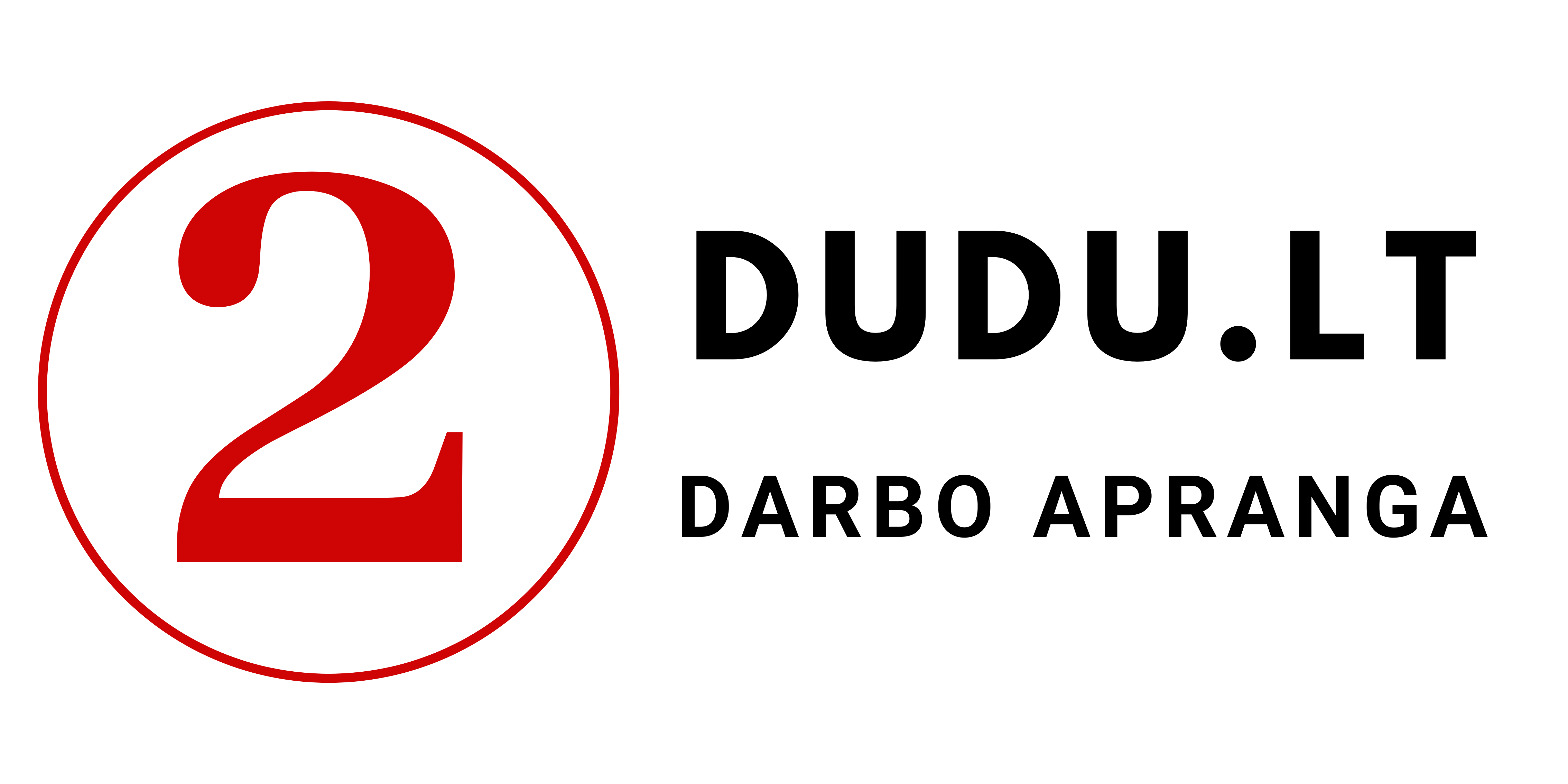Our workwear is certified according to high international standards.Here you can find out more about the different certifications to make sure you find the right workwear for your working conditions.
- EN ISO 20471 - High visibility clothing
This standard provides requirements for clothing that is designed to ensure the visibility of a person in dangerous situations, regardless of lighting conditions during the day or at night, in the presence of artificial lighting (visibility 24 hours).Fluorescent fabrics and reflective strips ensure effective visibility.Visibility is measured as a combination of the area and location of reflective fabric and fluorescent fabric (X) and their quality (Y).
X - reflective/fluorescent fabric level 1, 2 or 3.
Y - reflective fabric used for workwear in hot workplaces (except firefighter and welder clothing)
| Clothing classes | Fluorescencine substance | Reflected Material |
| 3rd grade - the highest | 0.80 m² | 0.20 m² |
| 2 class - medium | 0.50 m² | 0.13 m² |
| 1 class - the lowest | 0.14 m² | 0.10 m² |
- EN 420 - Protective gloves
The European standard EN 420 defines the requirements and test methods for protective gloves commonly used for protective purposes.This standard is intended to ensure that gloves do not harm the user and are comfortable and safe to use.Tests and requirements include skin pH and chromium VI content, water vapor permeability and material absorption.It also includes processes to investigate glove size and its effect on finger dexterity, as well as general requirements for information to be provided and marked on gloves.

The length of the glove is measured by hanging from the middle finger according to a strict rule with the rounded end adapted to the end of the finger.The finger is manipulated to remove folds or creases and the minimum length is recorded.The EN 420 standard lists the minimum length of gloves for each length.Only special purpose gloves may be shorter than the minimum length.In such cases, the manufacturer must explain in the user instructions that this glove is suitable for a particular purpose.
The pH value of leather and textile materials should be determined on the protective gloves.This pH value should be between 3.5 and 9.5.In addition, each type of glove should be tested separately for hexavalent chromium, and the reported value should not exceed 3 mg/kg.Hexavalent chromium is a known allergen.
Dimensions of protective gloves are based on the common agreed upon human hand in Europe.

- EN388 - Protective gloves.Protection against mechanical damage
The EN 388 standard, which is a European standard, describes the properties and test methods of protective gloves against mechanical hazards.In our country, it is available under the following name: TS EN 388 Protective gloves against mechanical hazards.
Hands are exposed to many hazards in the work environment, including various mechanical hazards.There are many workers who handle small parts, demolish, work with glass or many other materials and are at risk of injury from cuts and tears.Therefore, it is important to define and provide the most suitable protective gloves for the work performed, taking into account the field of activity.Because protective gloves that are not suitable for the job prevent dexterity or pose a risk of getting caught in machinery.

The EN 388 standard is the main standard to be aware of when making this decision.Gloves tested to this standard have a high performance level.
This standard is a safety standard developed for protective gloves against mechanical hazards, which has been updated over several years.The last update was in 2018.
This standard is actually used together with the EN 420 standard.The EN 420 standard is a standard for protective gloves, general properties and test methods.
The EN 388 standard, which helps users and safety managers determine the level of protection of a protective glove, provides protection against various mechanical hazards and uses index values to evaluate glove performance.These values are:
- Wearing
- Cut resistance (coupe test)
- Tearproof
- Puncture resistance
- Cut resistance (EN ISO 13997)
- Impact protection (EN 13594)
Previous versions of the standard lacked cut resistance and impact protection.


